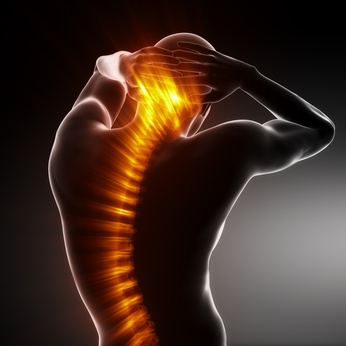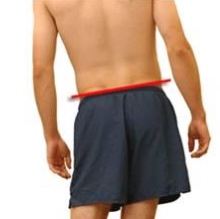Scapular Instability: A Common Source of Neck and Shoulder Pain
Scapular instability (winging shoulder blade) is a common source of neck, shoulder and rotator cuff pain. It is a rampant problem in people who do pushups, planks, yoga poses or any other hand or elbow support exercises. Very few trainers, coaches, yoga instructors, chiropractors or orthopedists are fixing it let alone looking for it. It is a sign of weakness/inhibition of the serratus anterior muscle and/or hyperactivity of the pecs major/minor. If there is weakness of shoulder blade muscles, neck muscles will tighten up to compensate for this weakness. It often leads to neck pain, tense shoulders, headaches and other upper extremity complaints. If you have these complaints, there is a high likelihood that you have scapular instability.
How I Test for Scapular Instability
This is a simple test I do with these patients. Simply asking them to get into quadriped position will often reveal the problem. I then ask them to rock forward, to the left, to the right and lift one hand off the floor to increase the demand to see if the scapular muscles are up to the challenge. Here you can see scapular instability (winging) on both sides. The left is worse. Coincidently, this patient has neck and shoulder pain on the left side!

